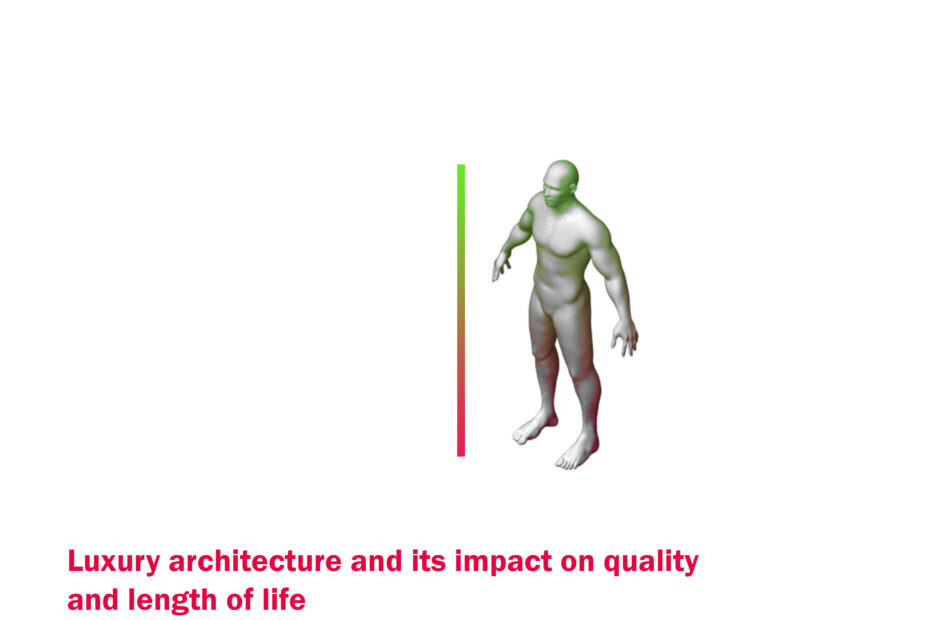
Architecture has a significant impact on the quality and length of life, it makes us more productive and helps us live an easier life. Therefore, it’s important to choose the right type of architecture. This research will evaluate the impact of luxury architecture on the quality and length of life.
Is longevity determined by genetics?

Genetics, encompassing the inherited traits and predispositions of one’s family, can influence the quality and length of a person’s life. The environment in which we live plays an essential role, as it includes access to clean water, food availability, safety, suitable housing, disease prevention, and medical care. The culmination of these factors, genetic, environmental, and lifestyle-related, has led to a remarkable increase in the average human lifespan, as evidenced by improvements in mortality rates over the past century. Moreover, The collective effort to address these multifaceted elements has underscored the complexity of determining how long an individual lives.
The Demography of the World Population from 1950 to 2100
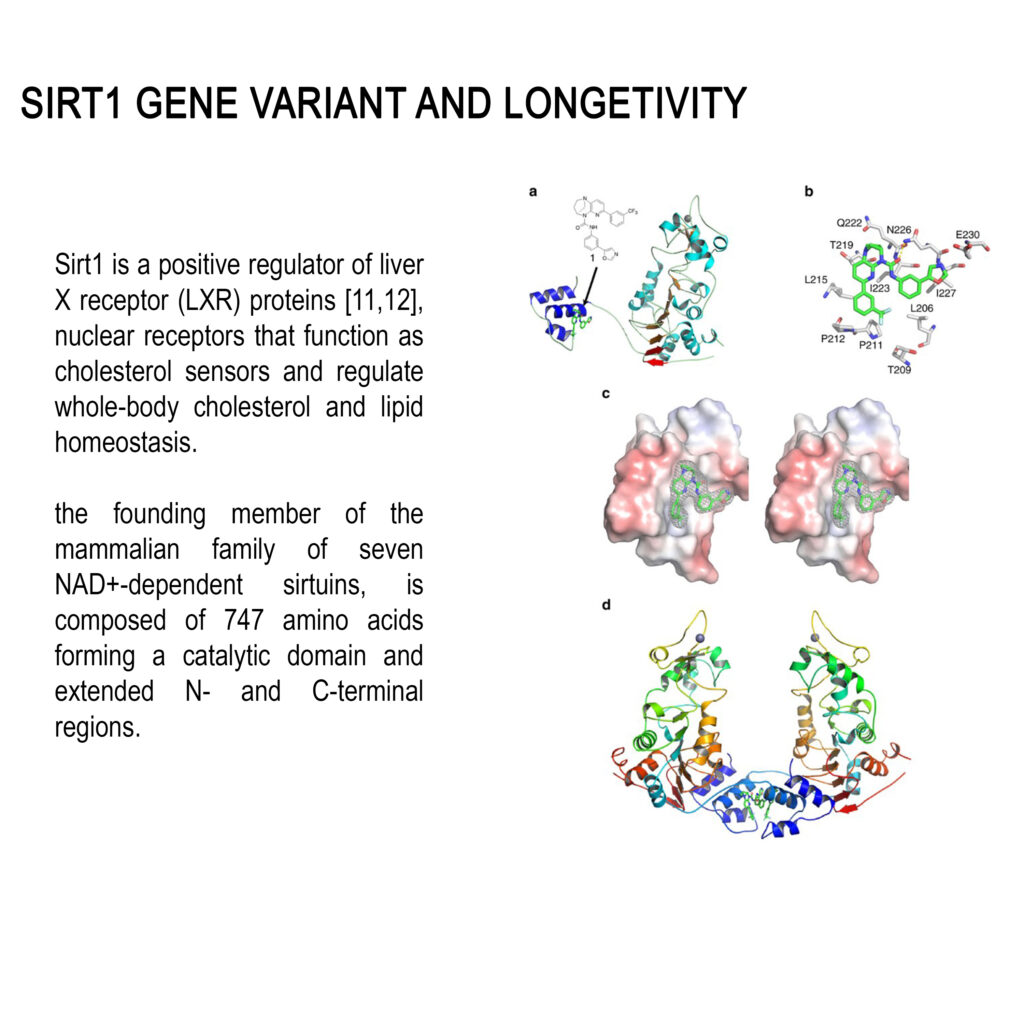
Population pyramids show the distribution of different age groups and genders in a graphical format. The width of each section of the pyramid corresponds to the number of people in a specific age group, with women shown on the right and men on the left. The pyramid’s base represents the number of newborns, while the sections above it display successively older age groups. Historically, populations with high mortality rates displayed a pyramid shape in their population pyramids. This arrangement earned the visualization its name. The concept is that due to higher mortality, the population tended to be larger in younger age groups and gradually decreased as age increased, forming a pyramid-like structure.
Sirt1 Gene Variant and Longevity
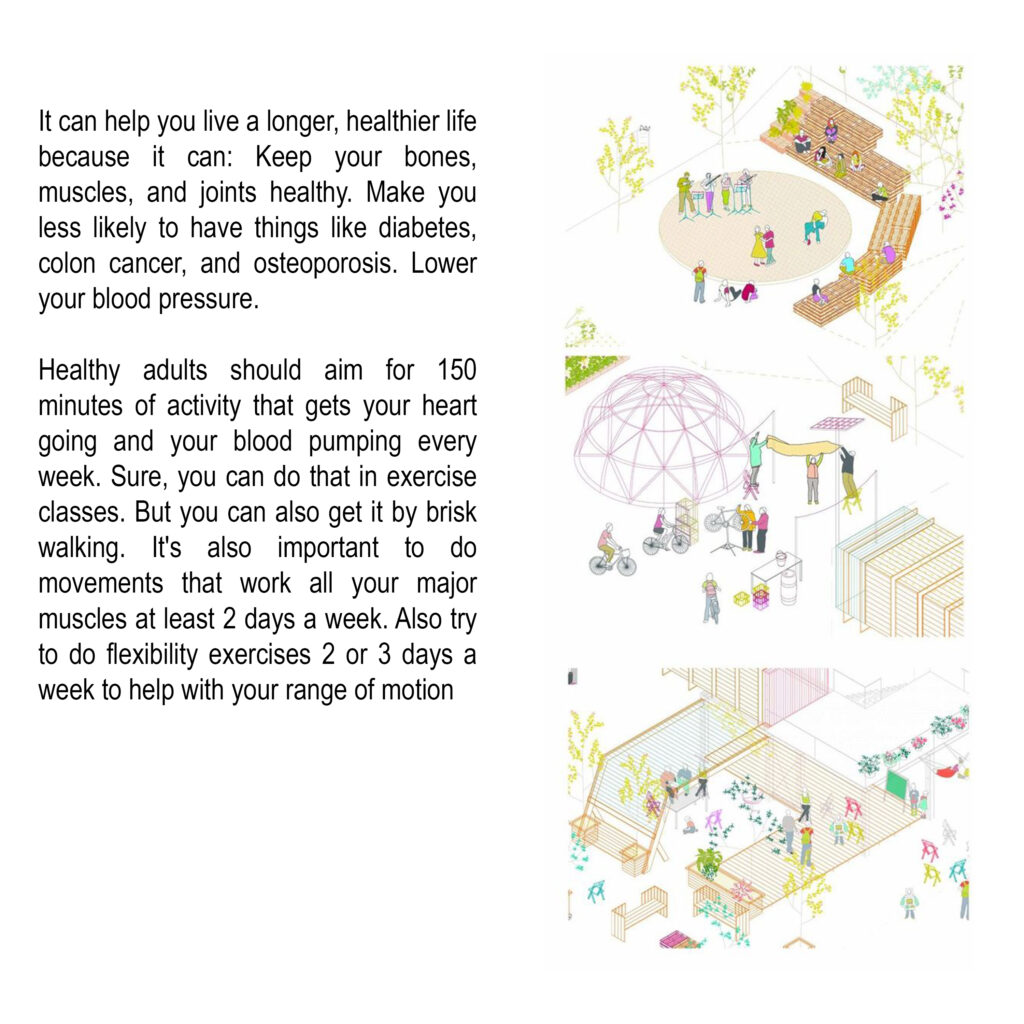
/ Sirt1 is a positive regulator of liver x receptor (LXR) proteins [11, 12], nuclear receptors that function as cholesterol sensors and regulate whole-body cholesterol and lipid homeostasis. The founding member of the mammalian family of seven NAD+ -dependent sirtuins, is composed of 747 amino acids forming a catalytic domain and extended V- and C-terminal regions.
Benefits
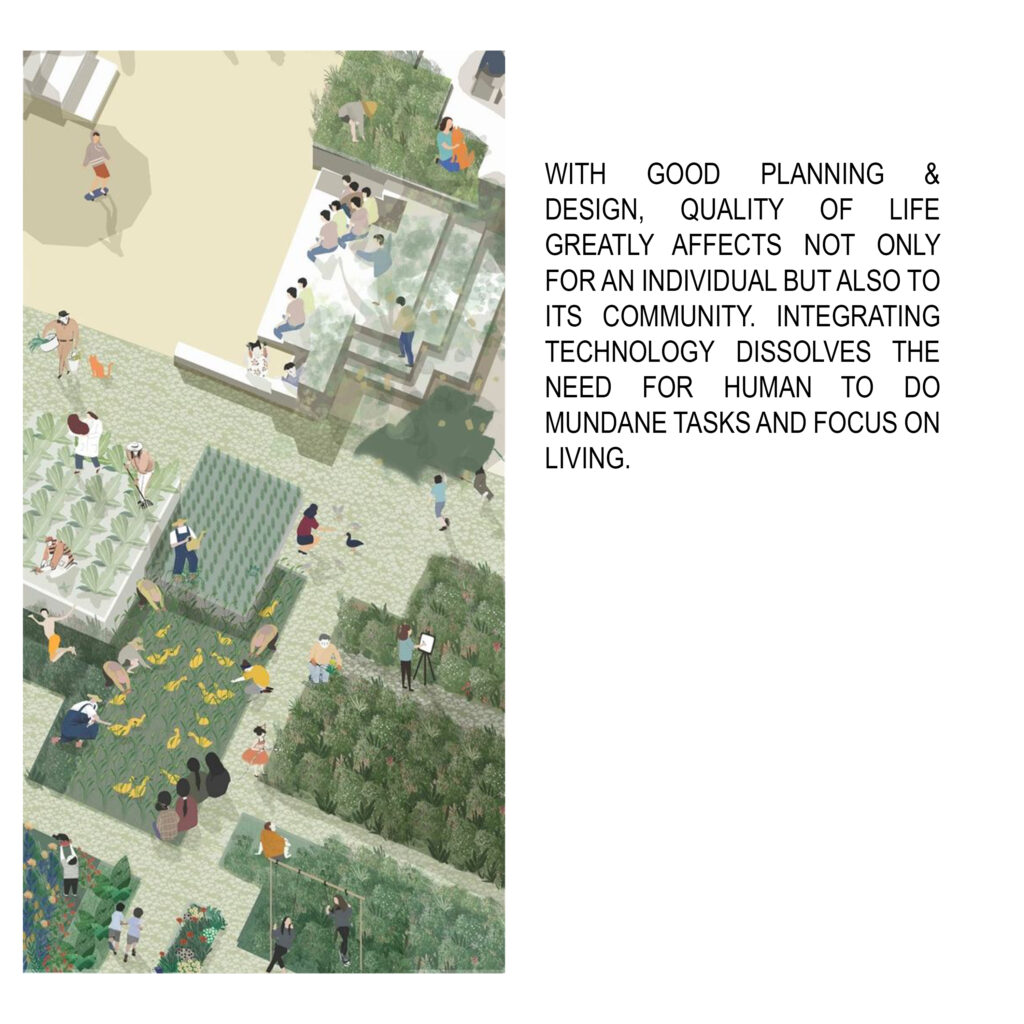
It can help you live a longer, healthier life because it can:
- Keep your bones, muscles, and joints healthy.
- Make you less likely to have things like diabetes, colon cancer, and osteoporosis.
- Lower your blood pressure.
Healthy adults should aim for 150 minutes of activity that gets your heart going and your blood pumping every week. Sure, you can do that in exercise classes. But you can also get it by brisk walking. It’s also important to do movements that work all your major muscles at least 2 days a week. Also, try to do flexibility exercises 2 or 3 days a week to help with your range of motion.
Air, sleep, and movement
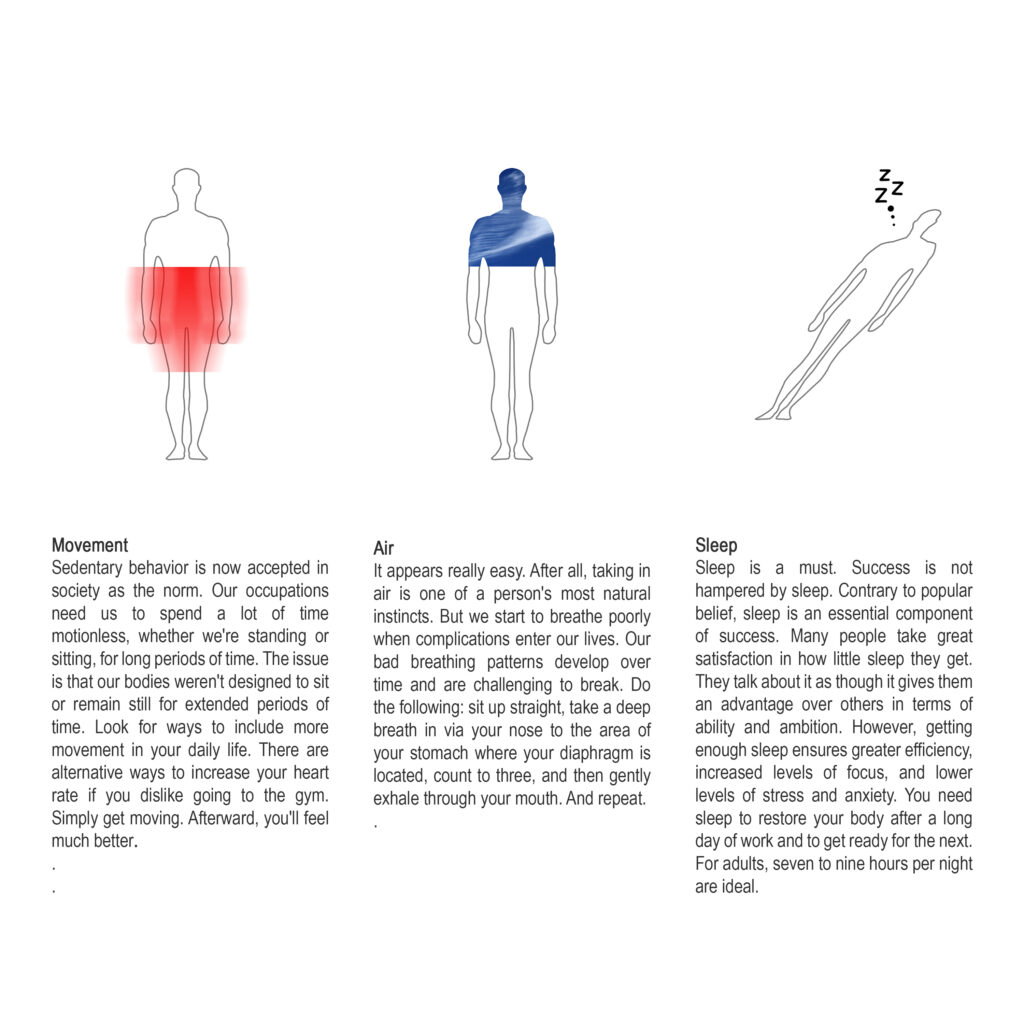
The combination of fresh air, sleep quality, and regular physical movement can significantly impact both the quality and length of life. Here’s how each of these factors contributes:
- Air Quality: Clean and fresh air is essential for overall health. Poor air quality, often due to pollutants and allergens, can have negative effects on respiratory and cardiovascular systems, leading to a range of health issues. Long-term exposure to polluted air can increase the risk of respiratory diseases, heart problems, and even premature death. On the other hand, good air quality promotes healthy lung function, reduces the risk of respiratory diseases, and supports overall well-being.
- Sleep Quality: Adequate and high-quality sleep is crucial for physical and mental health. During sleep, the body repairs and regenerates tissues consolidates memories, and supports various physiological processes. Poor sleep or sleep disorders can lead to a range of health problems, including weakened immune function, cognitive impairments, mood disturbances, and an increased risk of chronic conditions such as diabetes, obesity, and cardiovascular diseases. Prioritizing good sleep hygiene, creating a comfortable sleep environment, and maintaining a consistent sleep schedule can contribute to better overall health and longevity.
- Physical Movement: Regular physical activity has numerous benefits for health and longevity. Engaging in regular exercise helps maintain a healthy weight, strengthens muscles and bones, improves cardiovascular health, enhances mood, reduces the risk of chronic diseases (such as diabetes, heart disease, and certain cancers), and boosts overall energy levels. Physical activity also supports better sleep quality and mental well-being. Inactivity, on the other hand, is associated with a higher risk of obesity, chronic diseases, and a shorter lifespan.
In summary, the combination of clean air, restorative sleep, and regular physical movement forms a foundation for a healthier and longer life.
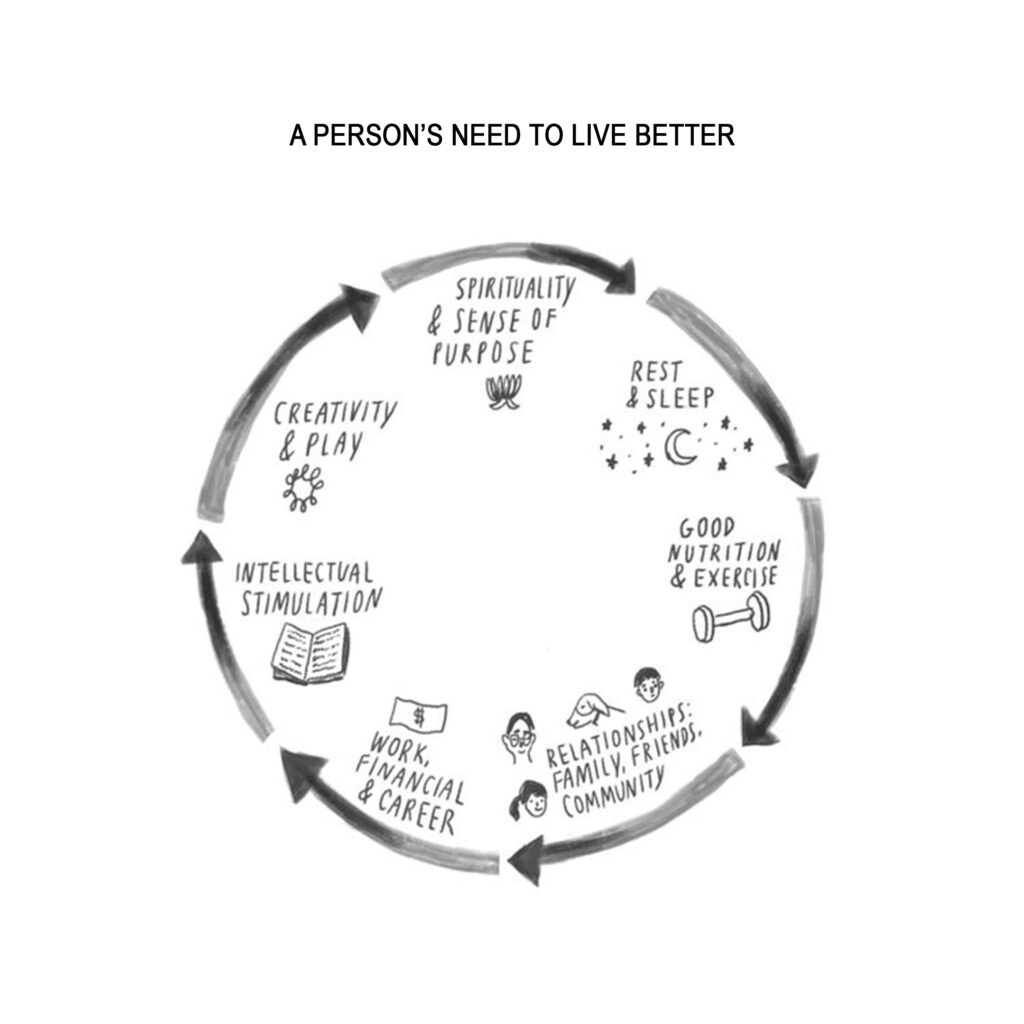
A person’s need to live better
- An individual’s needs for a better life encompass several aspects:
- Spirituality and Sense of Purpose: Cultivating a spiritual connection and finding a meaningful purpose in life provides a strong foundation for emotional well-being and a sense of direction.
- Rest and Sleep: Prioritizing adequate and restorative sleep ensures physical and mental vitality, contributing to overall health and daily effectiveness.
- Relationships (Family, Friends, Community): Nurturing meaningful connections with loved ones and engaging with one’s community fosters a sense of belonging, support, and social fulfillment.
- Work, Financial, and Career Well-being: A fulfilling career aligned with personal values, along with financial stability, supports a sense of accomplishment and security, enhancing overall life satisfaction.
- Intellectual Stimulation: Engaging in continuous learning and intellectual challenges promotes cognitive health, curiosity, and personal growth.
- Creativity and Play: Allowing space for creative expression and leisure activities reduces stress, promotes happiness, and maintains a balanced life.
- Physical Health: Taking care of one’s physical health through exercise, nutrition, and healthcare ensures vitality and longevity.
- Incorporating these aspects into daily life can lead to a more fulfilling and well-rounded existence, supporting emotional, social, physical, and psychological well-being.
Architecture and sports and health
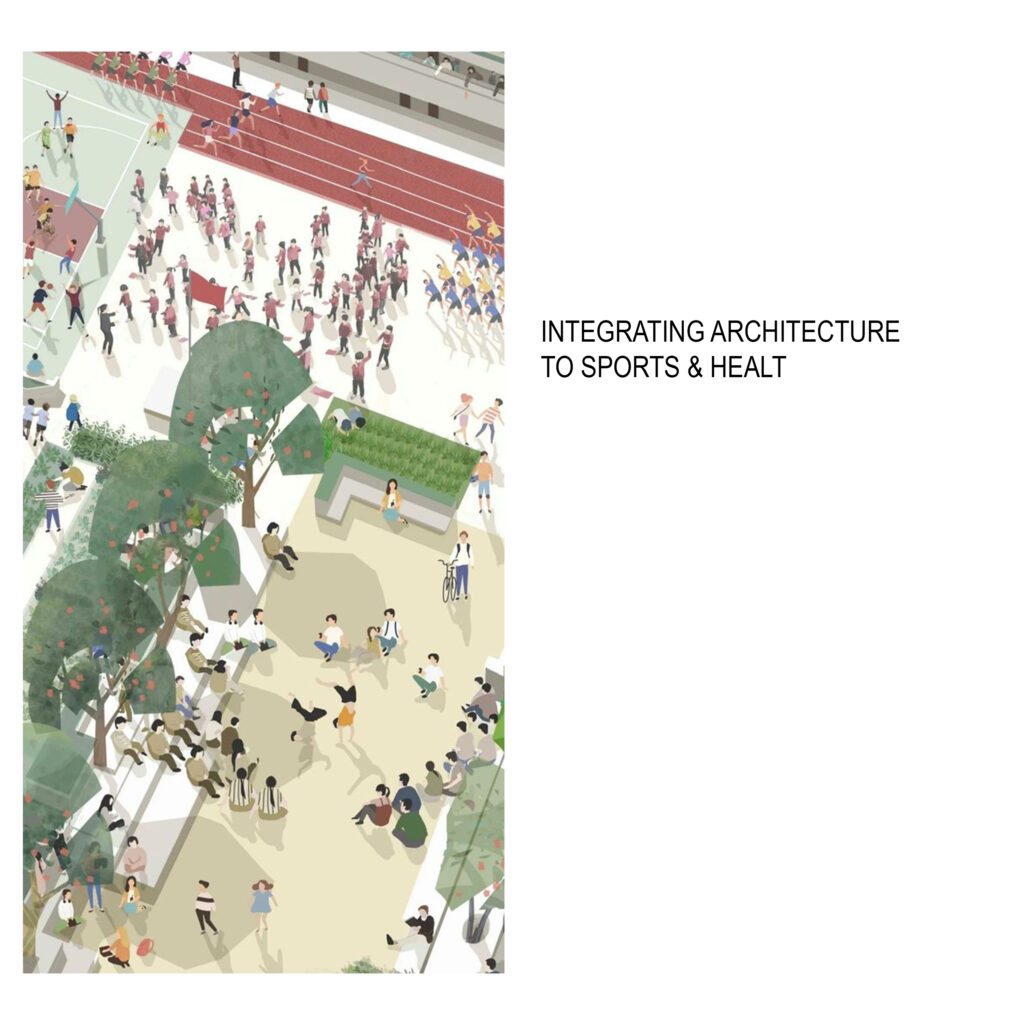
Integrating architecture with sports and health improves both quality and length of life:
- Physical Activity: Designed spaces encourage exercise, reducing disease risk and enhancing well-being.
- Social Interaction: Group activities foster community bonds, boosting mental health and longevity.
- Inclusivity: Universal designs enable activity for all ages and abilities, promoting lifelong fitness.
- Stress Reduction: Nature-inspired settings calm the mind, aiding mental health and longevity.
- Active Transport: Infrastructure for walking and cycling improves air quality and encourages exercise.
- Nature Connection: Nature-integrated spaces uplift mood and overall well-being during workouts.
- Behavioral Change: Visible cues inspire healthier routines, contributing to long-term health benefits.
By aligning architecture with sports and health, environments promote active living, positive community, and mental balance—factors that collectively enhance life quality and potentially extend lifespan.
Urban planning and the quality and length of life
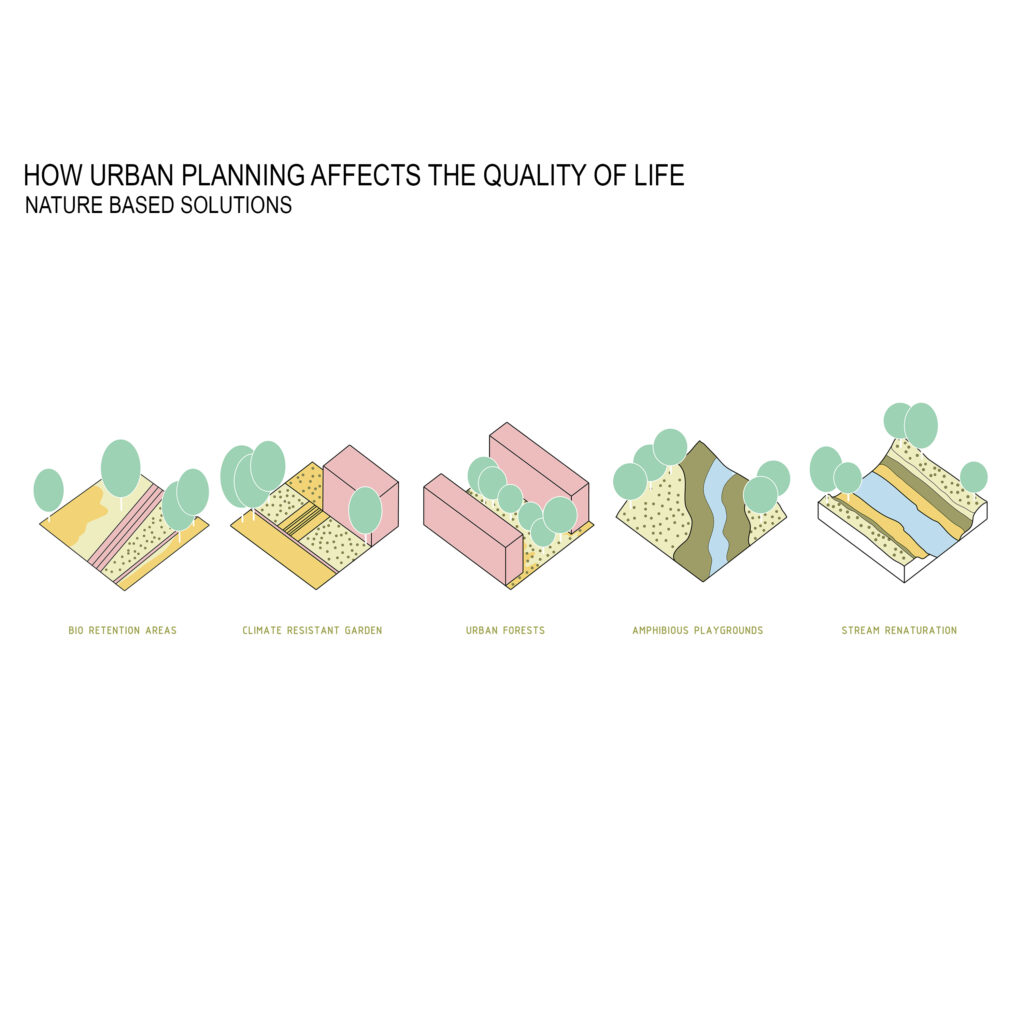
Urban planning significantly affects life quality and length:
- Green Spaces: Parks and recreation encourage activity and relaxation, enhancing well-being.
- Active Commuting: Pedestrian-friendly areas and transit promote physical health and reduce stress.
- Safety: Well-lit streets and accessible pathways improve physical security and mental health.
- Inclusivity: Accessible design fosters community engagement, reducing isolation.
- Mixed-Use Areas: Integrated spaces reduce commutes, allowing more leisure time.
- Healthcare Proximity: Nearby medical services ensure timely care and well-being.
- Pollution Control: Addressing pollution improves air quality and reduces stress.
- Community Engagement: Shared spaces enhance connections, positively impacting mental health.
- Cycling/Walkability: Prioritizing pedestrians and cyclists boosts fitness and reduces pollution.
- Food Access: Convenient access to fresh food supports healthy lifestyles.
Balanced urban planning creates spaces that promote active living, social ties, mental wellness, and essential services, influencing longevity and life satisfaction.

Architecture: need or luxury?

Architectural design prompts the debate of necessity versus luxury. It encompasses factors like ergonomics, efficient spatial use, spaces for contemplation, and encouraging self-awareness. Luxury Architecture
- Ergonomics: Designing for comfort and efficiency supports physical well-being, enhancing life quality.
- Space Movement: Well-designed layouts ease navigation, reducing stress and enhancing daily routines.
- Contemplation: Architectural spaces for reflection promote relaxation and mental balance, boosting well-being.
- Self-Awareness: Spaces that encourage self-awareness foster identity and purpose, elevating life satisfaction.

In summary, architecture serves both essential functions and luxurious enhancements. Considerations like ergonomic comfort, space efficiency, contemplative environments, and self-awareness spaces collectively contribute to improved daily life and overall well-being.
Urban interventions and effects

Lively, Healthy, Attractive, Sustainable, Safe
Urban changes lead to vibrant public spaces, healthy lifestyles, appealing aesthetics, eco-friendliness, and improved safety. These interventions elevate residents’ quality of life by promoting engagement, well-being, and a strong sense of community.
Colors and quality and length of life

Colors hold power over emotions and well-being:
- Mood Boost: Colors evoke emotions; warm hues energize, and cool tones soothe, affecting happiness.
- Visual Ease: Right colors reduce eye strain, enhancing comfort in spaces, and supporting daily life.
- Perceived Space: Light tones expand spaces, adding to openness and comfort.
- Cultural Relevance: Meaningful colors foster identity and connection, enriching satisfaction.
- Psychological Impact: Colors influence mood, possibly aiding stress reduction and mental well-being.
Therefore, colors indirectly enhance life’s quality by affecting mood, comfort, and well-being, leading to a more positive and fulfilling experience.
How does the quality of materials affect us
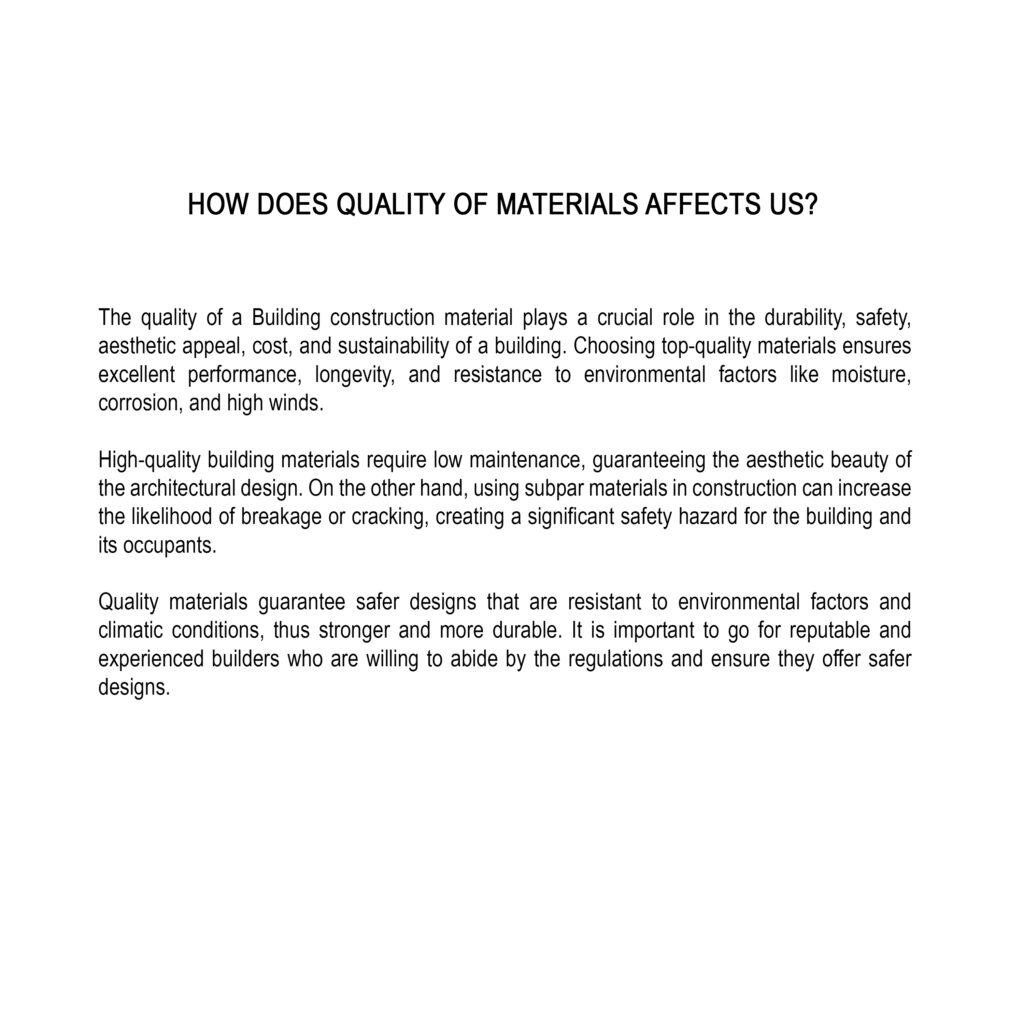

3D printing opens up new avenues for creative design experimentation when creating prototypes within architectural projects. Furthermore, it serves multiple purposes across various domains, including producing prosthetics, revolutionizing culinary practices, advancing construction techniques, and contributing to the exploration of outer space.
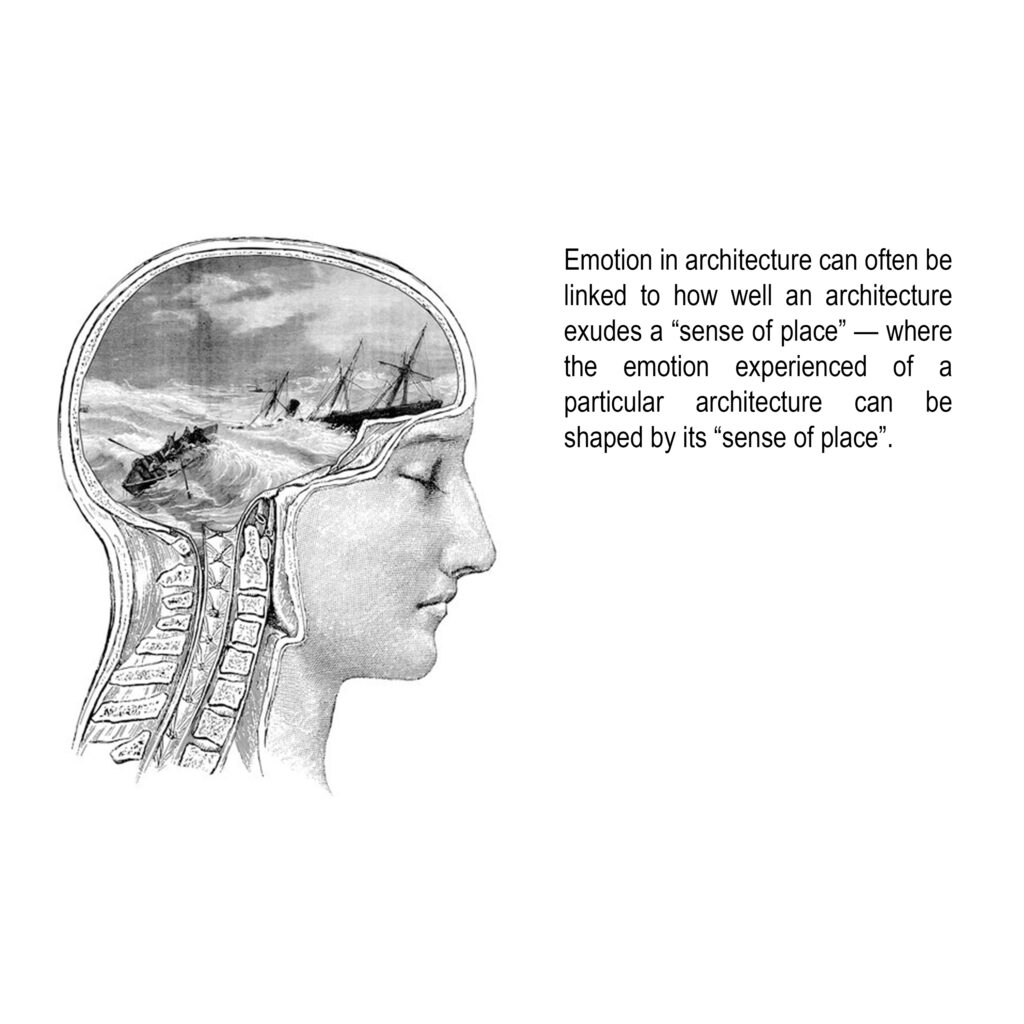
The emotional aspect of architecture is often intertwined with its ability to convey a distinct ‘sense of place.’ The feelings evoked by a specific architectural design are often shaped by the way it establishes and communicates its unique ‘sense of place.’

Residing in mountainous areas can offer a natural enhancement to your physical well-being. The elevated altitude prompts your body to adapt to reduced oxygen levels, bolstering your cardiovascular system. This adaptation can result in enhanced heart health and the potential for an extended lifespan.

The environment operates as an autonomous influence on an individual’s quality of life (QoL), and research indicates that health behaviors likewise impact QoL. The conventional dimensions of health-related QoL encompass physical, psychological, and social aspects. However, recent recognition has highlighted the environment as a significant additional dimension of life.

This neighborhood/city stands among the most affluent in the Kingdom of Saudi Arabia. With a GDP per capita of $55,940 (in US dollars), Dhahran ranks as the highest GDP per capita in the Middle East after Qatar.


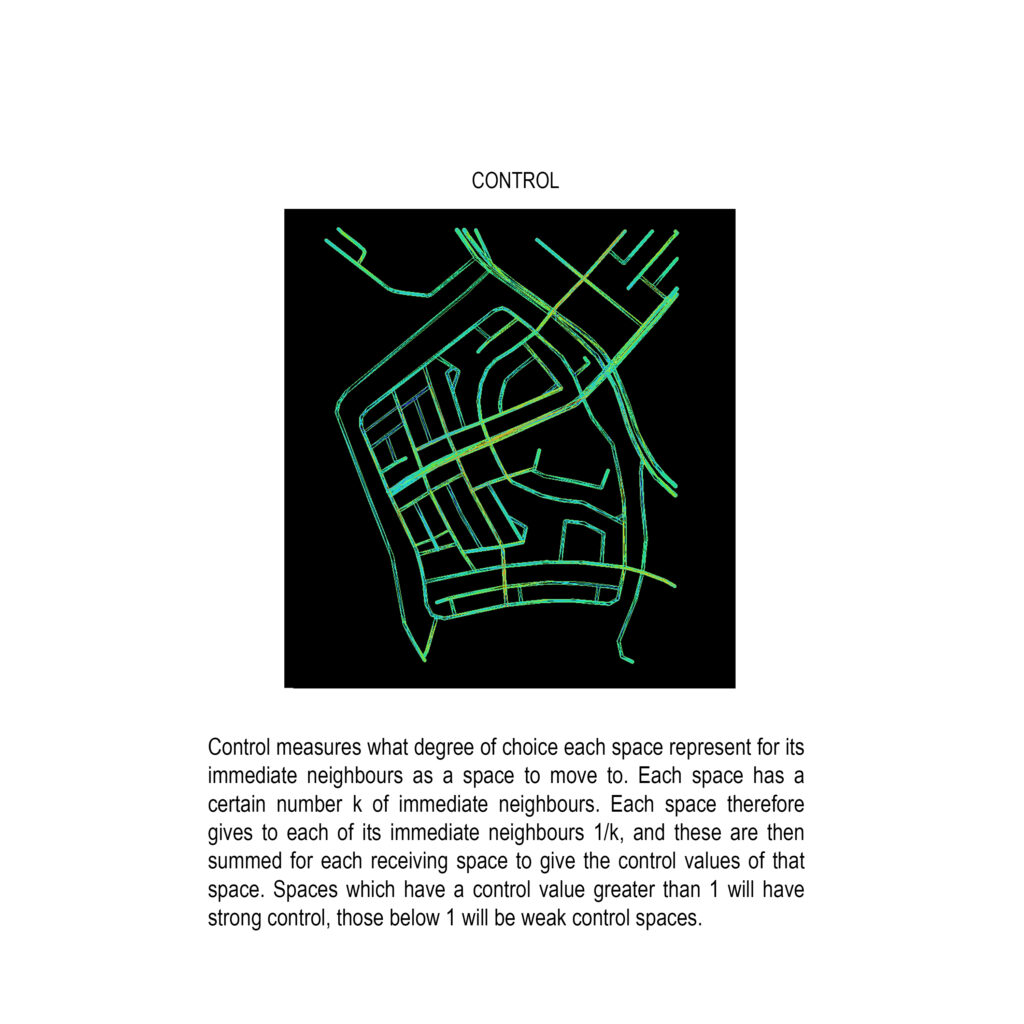
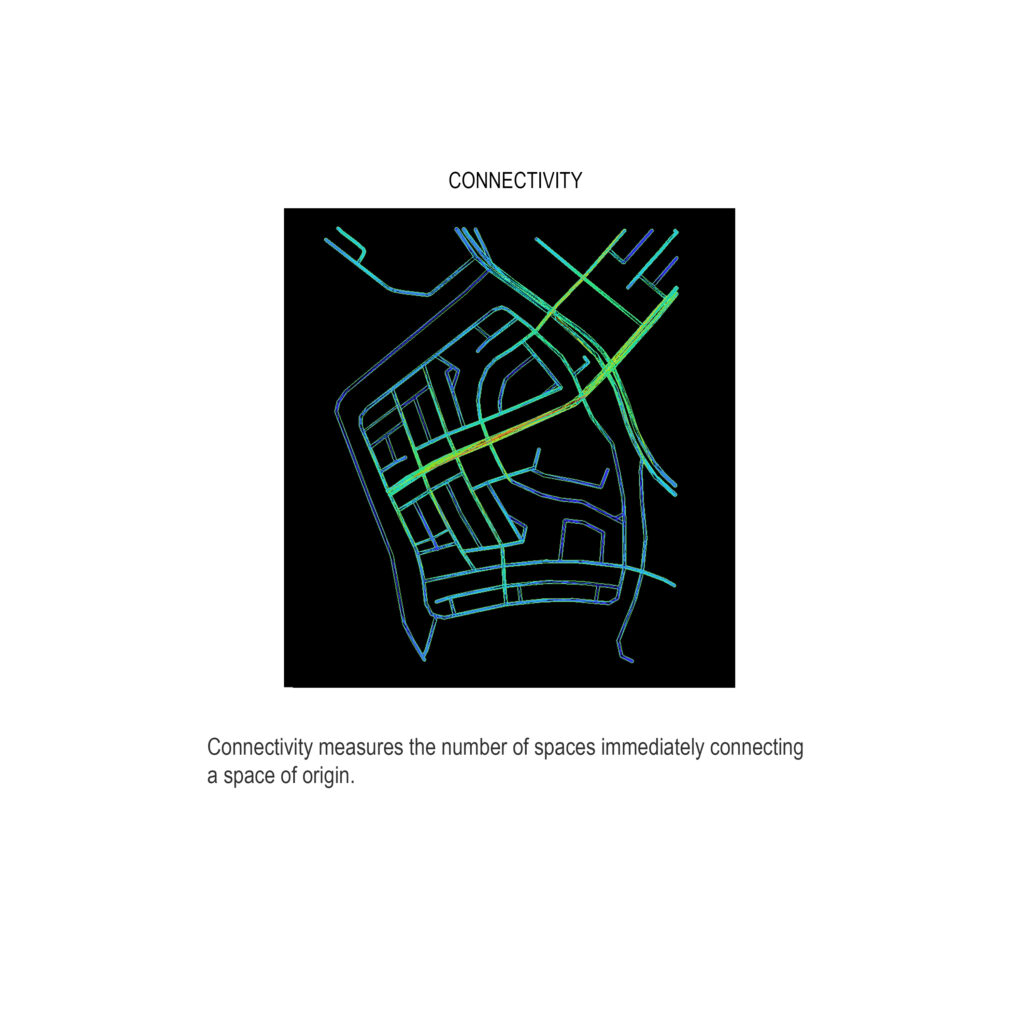
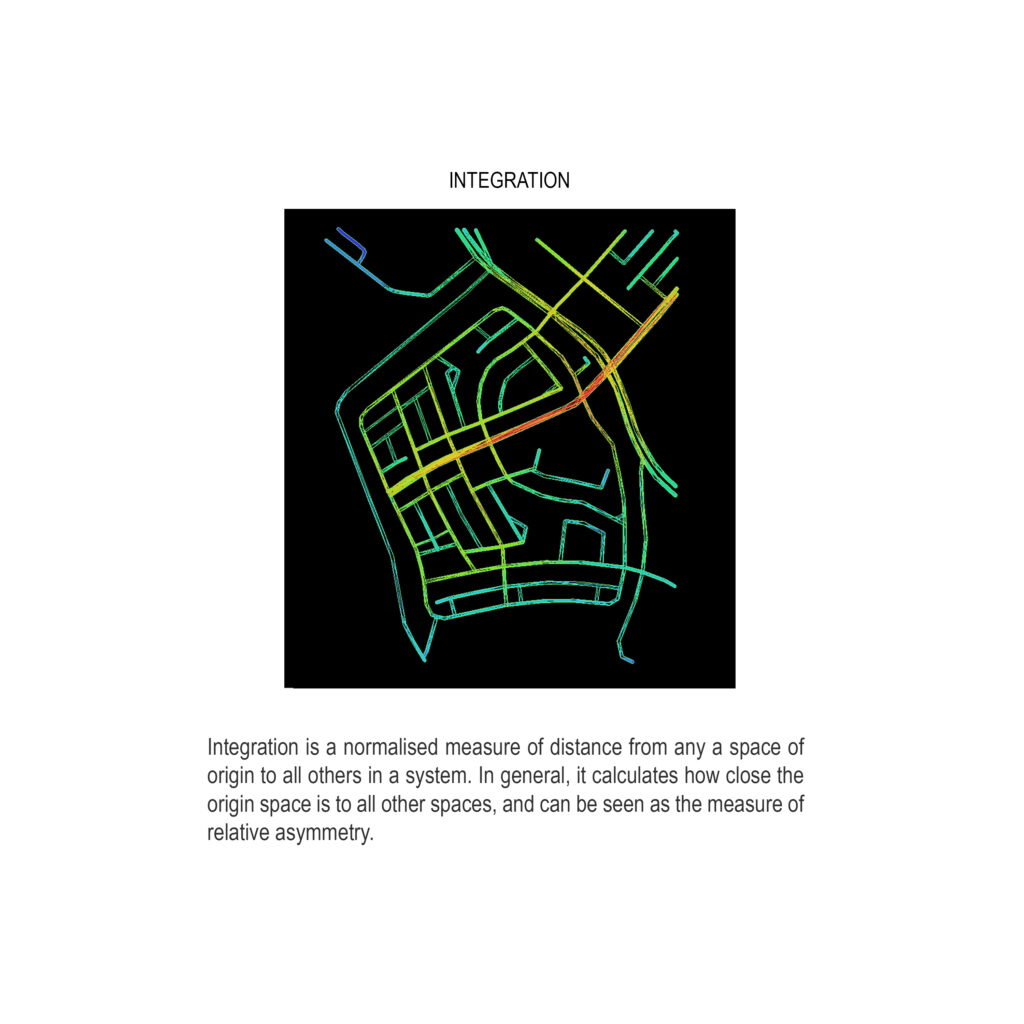





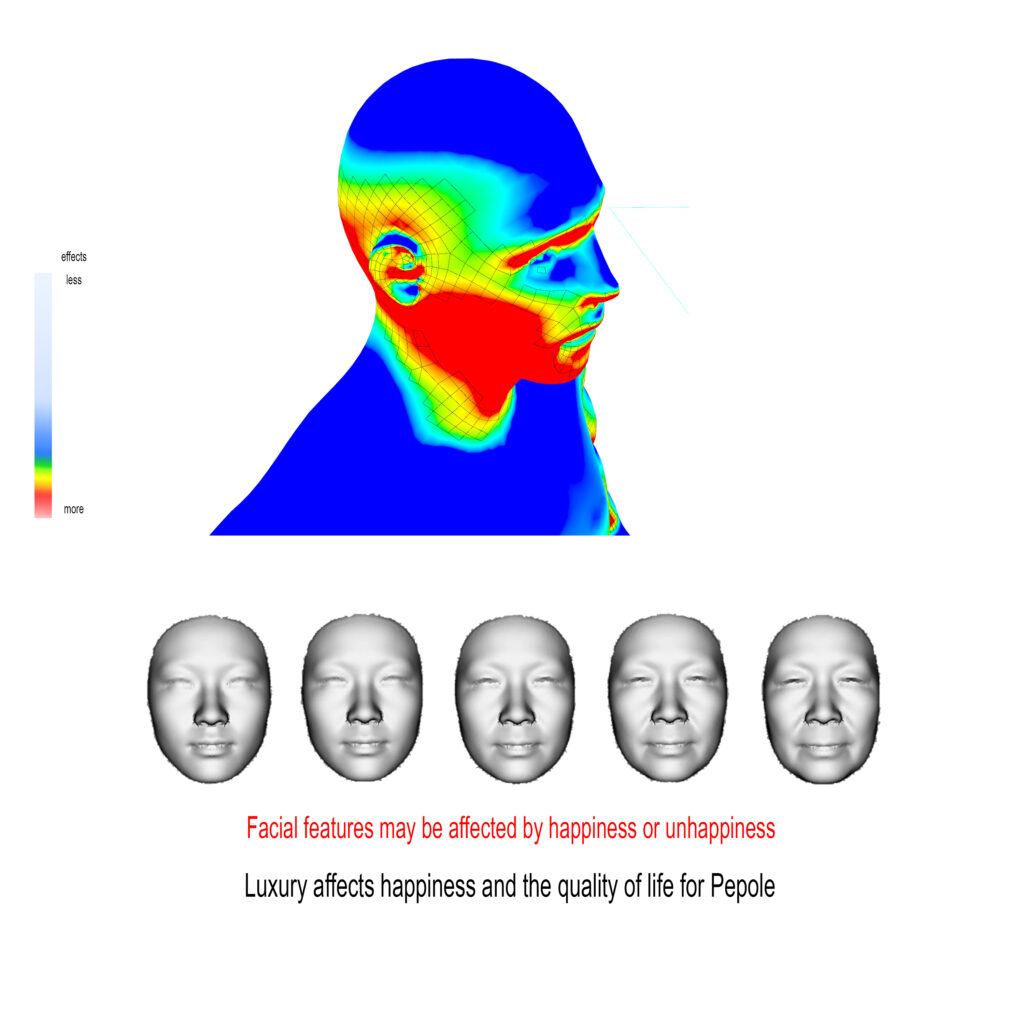
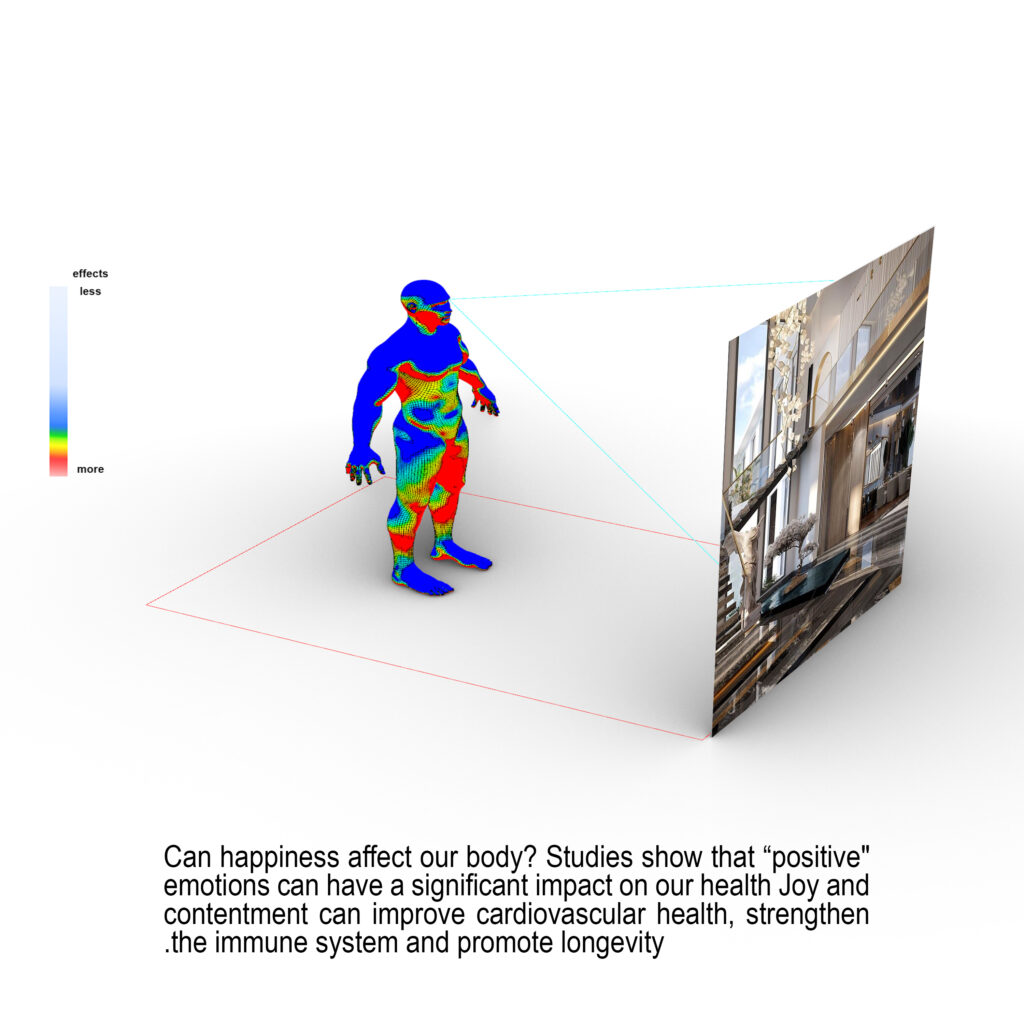
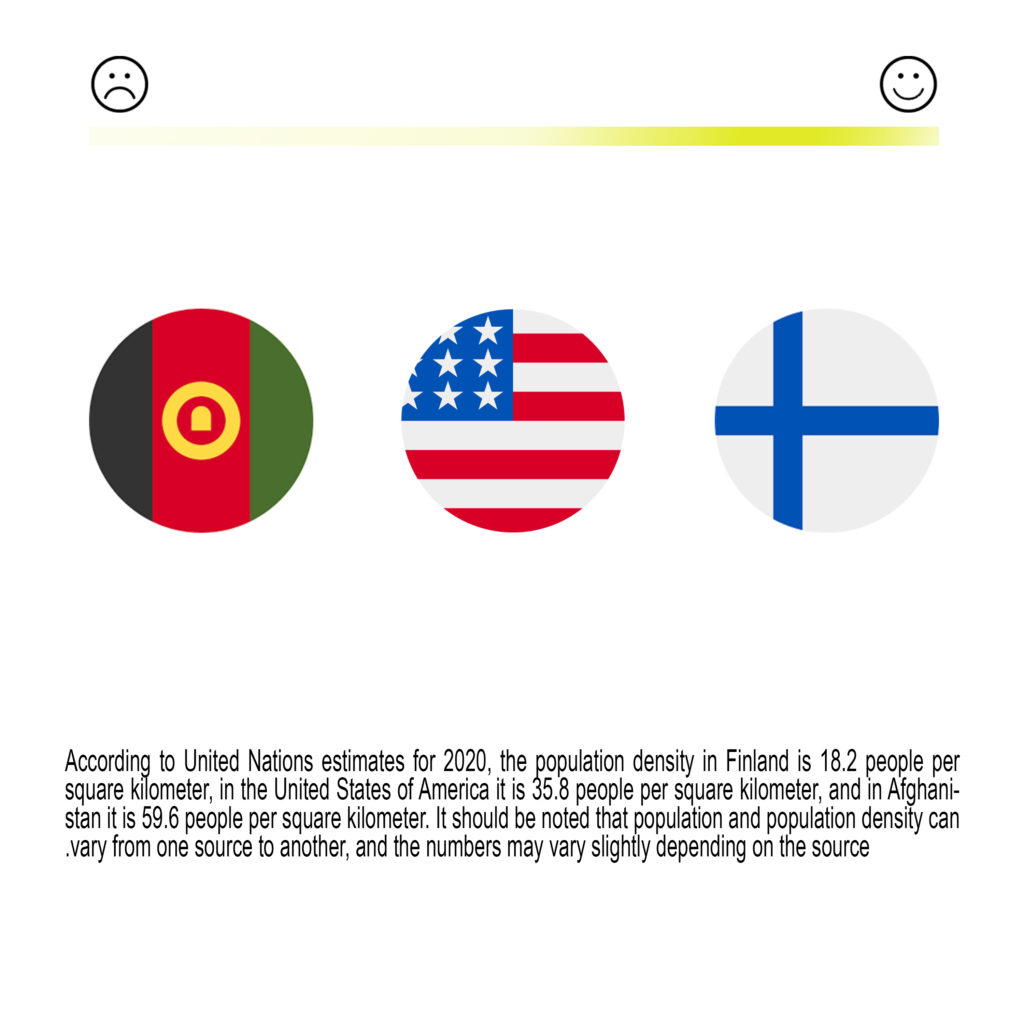
Conclusion
In the world of architecture, luxury extends beyond opulence. It shapes living spaces to enhance quality of life and potential for longevity. Beyond aesthetics, luxury architecture fosters emotional well-being, community connection, and physical health. The integration of nature, technology, and culture creates environments that soothe, inspire, and promote mental harmony. These spaces not only invite contemplation but also encourage interaction, forming a tapestry of fulfilled lives. In considering life’s length, luxury architecture’s layout and wellness-focused amenities align with health goals, offering a synergy that extends vitality. In essence, luxury architecture crafts an experience that elevates both the present and the future, redefining luxury as a holistic journey toward enduring well-being.
